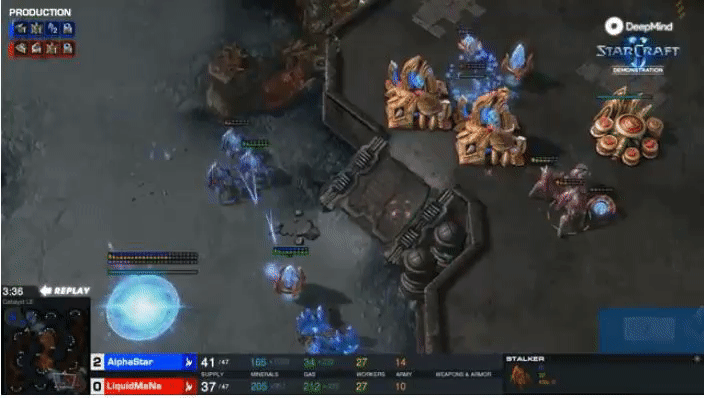<!–  –>
–>

Figure 1: Offline Model-Based Optimization (MBO): The goal of offline MBO is to optimize an unknown objective function $f(x)$ with respect to $x$, provided access to only as static, previously-collected dataset of designs.
Machine learning methods have shown tremendous promise on prediction problems: predicting the efficacy of a drug, predicting how a protein will fold, or predicting the strength of a composite material. But can we use machine learning for design? Conventionally, such problems have been tackled with black-box optimization procedures that repeatedly query an objective function. For instance, if designing a drug, the algorithm will iteratively modify the drug, test it, then modify it again. But when evaluating the efficacy of a candidate design involves conducting a real-world experiment, this can quickly become prohibitive. An appealing alternative is to create designs from data. Instead of requiring active synthesis and querying, can we devise a method that simply examines a large dataset of previously tested designs (e.g., drugs that have been evaluated before), and comes up with a new design that is better? We call this offline model-based optimization (offline MBO), and in this post, we discuss offline MBO methods and some recent advances.







